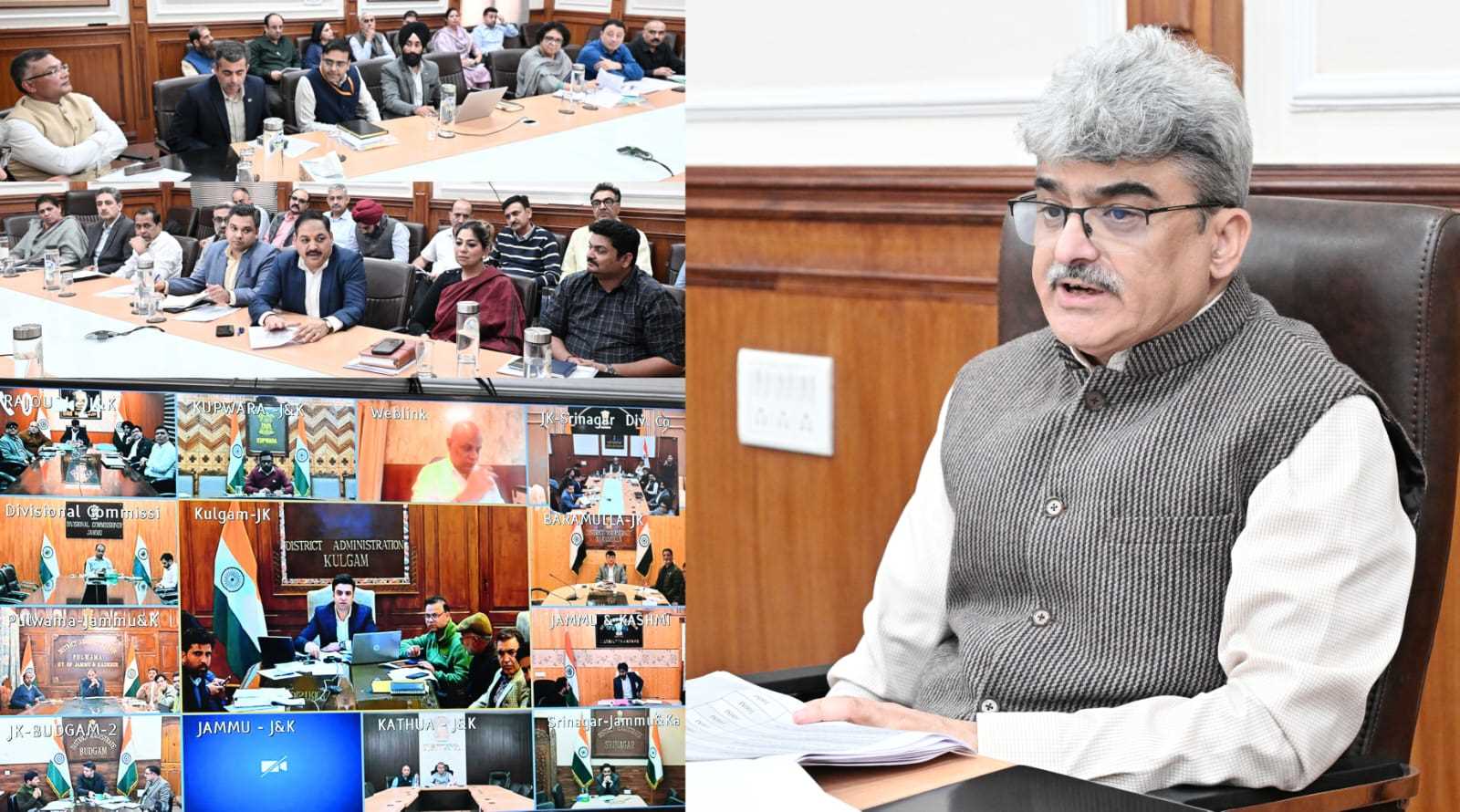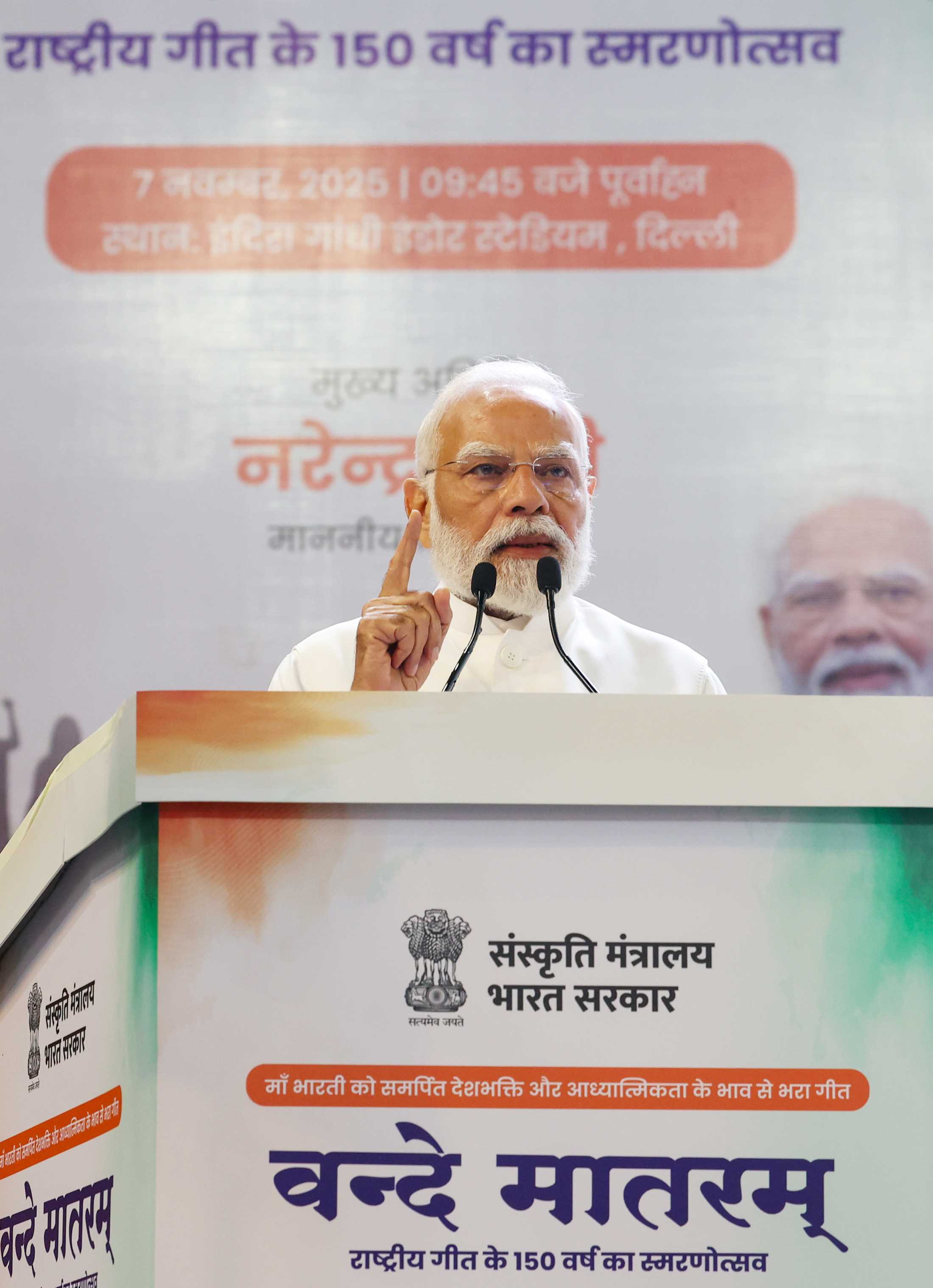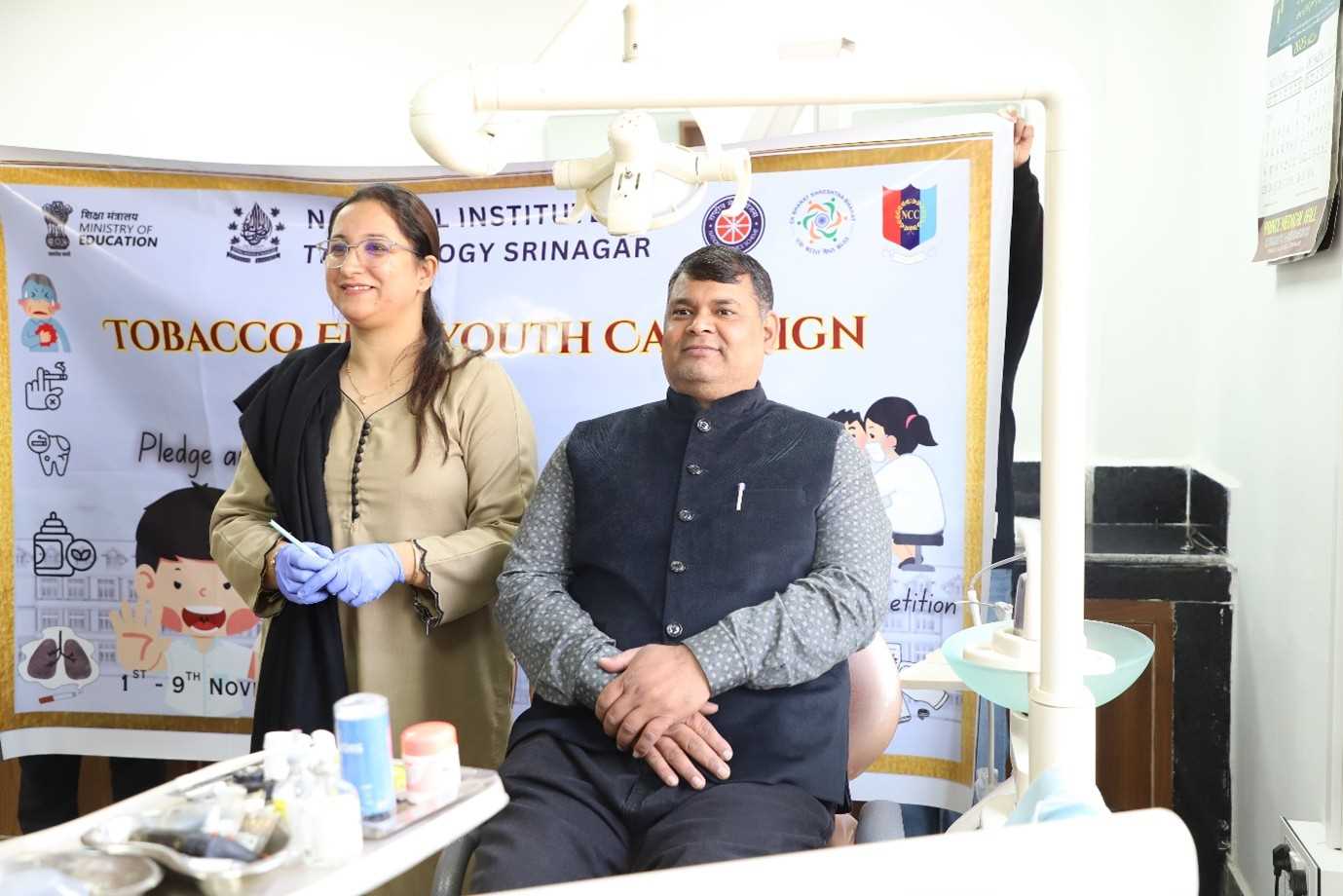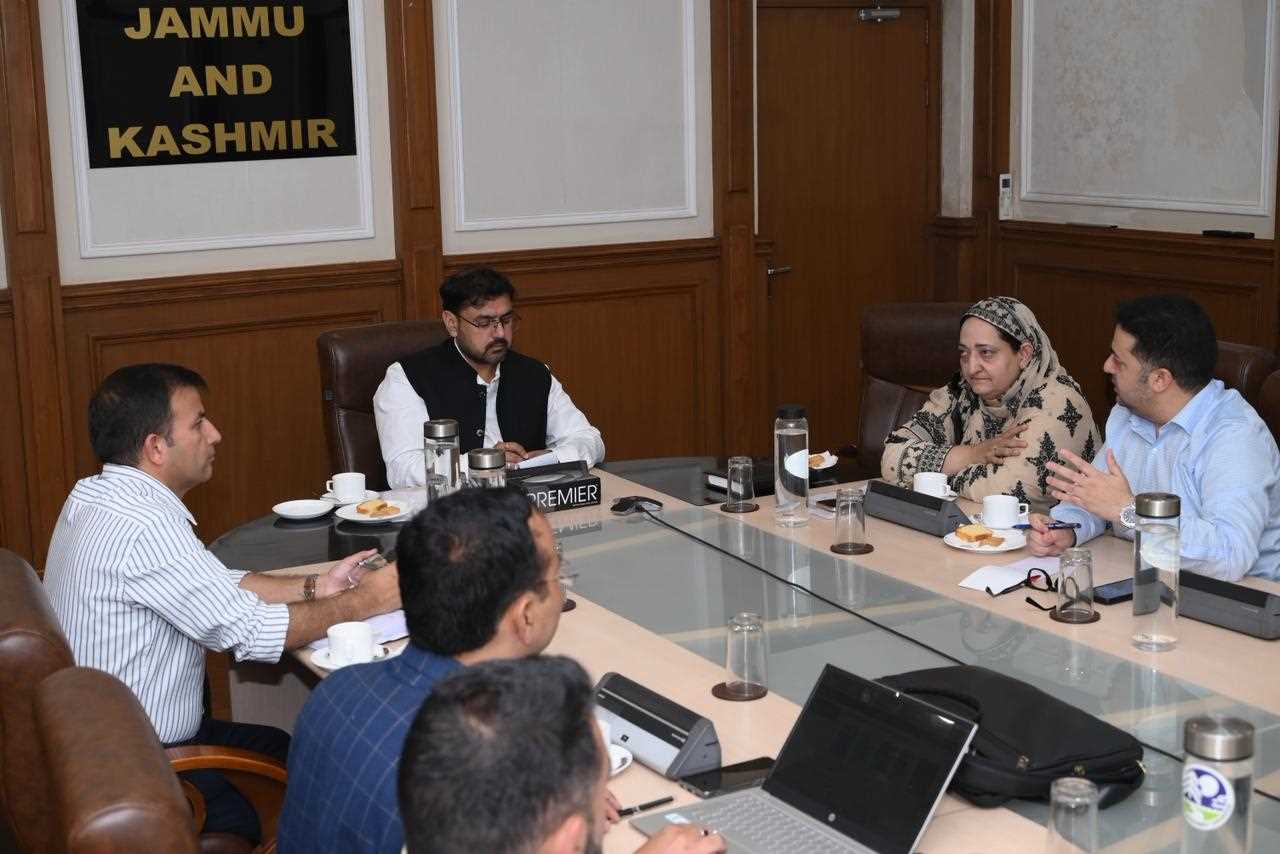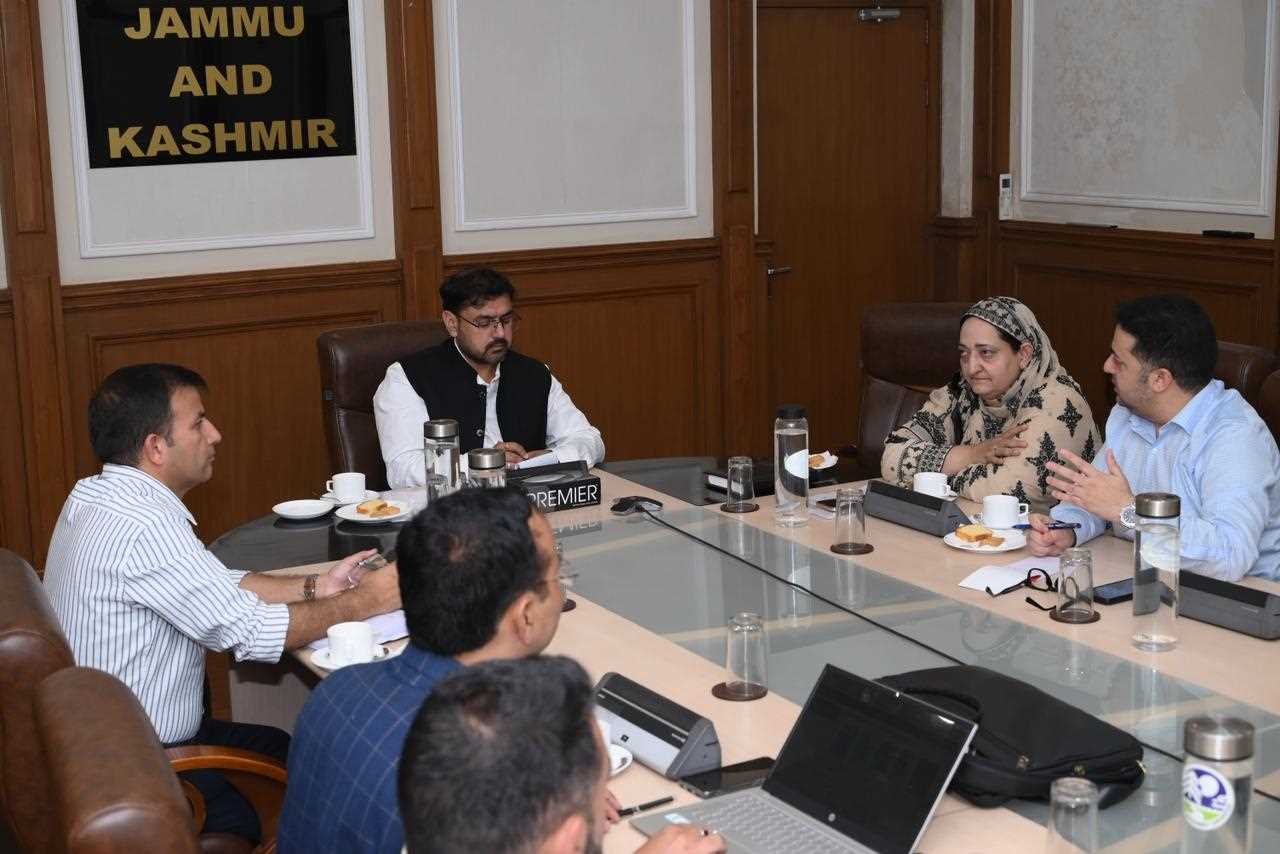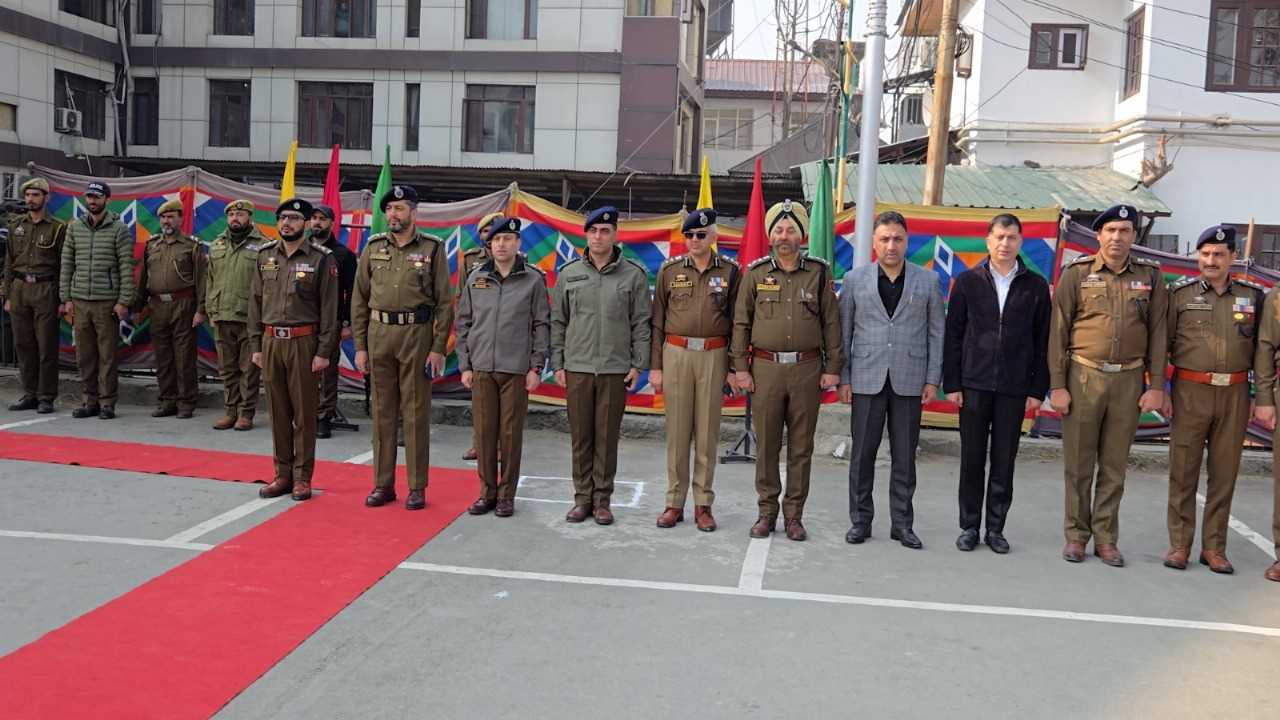The Shri Amarnathji Yatra (SANJY) holds immense religious significance for millions of devotees across the country. Each year, thousands undertake the arduous journey through the treacherous Himalayan terrain to pay obeisance at the sacred Amarnath cave in Pahalgam. With such a massive influx of pilgrims, the onus lies heavily on the administration to ensure a smooth, safe, and spiritually fulfilling experience. In this regard, the recent high-level review meeting chaired by Divisional Commissioner Kashmir, Vijay Kumar Bidhuri, marks a commendable and necessary step towards meticulously planning the Yatra for 2025. Held on Friday, the meeting focused on reviewing the action plans of various line departments and concerned district administrations. This early and thorough preparedness reflects a clear understanding of the multifaceted challenges the Yatra presents—from managing health and safety to ensuring proper sanitation, accommodation, food, communication, and transport. Given the volatile weather conditions and difficult topography of the routes—particularly via Pahalgam and Baltal—coordination among departments is not just desirable but essential. What stands out is the proactive nature of the Divisional Commissioner’s approach. By seeking updates well in advance, the government is ensuring that infrastructural bottlenecks and logistical loopholes are addressed in time. Over the past few years, incidents like landslides, cloudbursts, and overcrowding have underlined the urgent need for not just reactive but preventive mechanisms. Whether it’s reinforcing shelters, improving medical facilities, or setting up robust communication networks, all elements must work in tandem. Moreover, the emphasis on involving district-level officers and the line departments showcases a decentralized, bottom-up strategy—a model that often proves more effective in real-time execution. Local officials, with their ground-level familiarity, are crucial to preempting problems and providing swift solutions. The focus should also remain on eco-sustainability, given the fragile ecology of the region. Ensuring minimal environmental impact while catering to lakhs of pilgrims will be a tightrope walk, but one that can be achieved with conscientious planning. Another area deserving continued attention is digital integration. From real-time weather updates to digital health monitoring and e-registration processes, technology can significantly ease the pilgrimage experience and allow better crowd control and emergency response. The Shri Amarnathji Yatra is not just a religious journey; it is a logistical marvel that tests the administrative mettle of Jammu and Kashmir every year. The 2025 edition, with such early and earnest preparations underway, promises to be one of the best managed yet. One hopes that the spirit of cooperation and dedication shown in this meeting continues until every Yatri returns home with peace, safety, and spiritual fulfillment.


